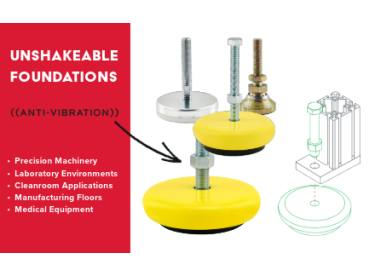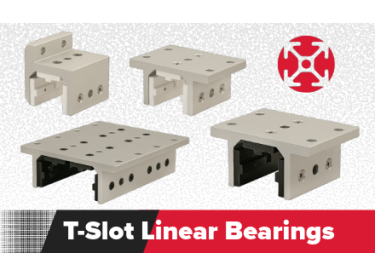The Benefits of Ergonomics in the Workplace
Although it may seem like a relatively modern buzzword, the concept of ergonomics has been around since the 16th century, when an Italian physician named Bernardino Ramazzini began documenting the links between illness and adverse working conditions. As interest in the relationship between labor and health grew in the wake of the Industrial Revolution, a Polish scholar named Wojciech Jastrzebowski published a book in 1857 that would coin and codify the term: An Outline of Ergonomics, or the Science of Work.
What Is Ergonomics?
In 2000, the International Ergonomics Association Executive Council defined "ergonomics" as:
"...the scientific discipline concerned with the understanding of the interactions among human and other elements of a system, and the profession that applies theory, principles, data and methods to design in order to optimize human well-being and overall system performance."
Plainly speaking, ergonomics is the practice of adapting the job to fit the worker in order to eliminate discomfort and the risk of injury.


Musculoskeletal Disorders (MSDs) are injuries that affect the muscles, ligaments, tendons, nerves, and blood vessels. Some common MSDs are carpal tunnel syndrome, muscle strains, lower back injuries, tendinitis, and rotator cuff injuries.
People face a wide variety of potential MSDs while on the job, regardless of their profession. Physical laborers may put themselves at risk by lifting heavy items, pushing/pulling heavy loads, reaching overhead, or simply bending over repeatedly. But even those who spend the majority of their job seated at a desk can injure themselves by working with awkward posture or performing the same tasks repeatedly.


The Benefits of Ergonomics in the Workplace
By fitting the workplace to the worker, ergonomics can lessen muscle fatigue and reduce the number (and severity) of work-related MSDs, as well as boost physical productivity. Here are just some of the tangible benefits ergonomics can bring to the work environment:
Improved Physical Health
The most obvious physical benefit of an ergonomic workspace is that it reduces the risk of injury on the job. But more than that, simply adjusting a workstation to fit an employee's height and posture will reduce muscle strain, improve circulation, and prevent eye and neck strain.
Improved Cognition
Even minor discomfort can have a negative impact on an employee's ability to concentrate. An ergonomic workspace eliminates the source of this discomfort, which reduces anxiety in workers and improves their mood, allowing them to focus on the tasks at hand.
Higher Productivity Levels
In addition to eliminating potential discomfort, an ergonomic workspace simply feels more natural. It allows employees to work smoothly without disrupting their organic flow. This, along with the improved focus, will inevitably lead to increased productivity and higher quality work.
If you're looking for ways to build a more ergonomic work environment, 80/20 has a number of unique and easy-to-implement solutions, including:
- Adjustable racks/shelves that can be raised, lowered, and angled.
- Workstation arms with adjustable monitor angle and built-in keyboard/mouse shelves for industrial applications.
- Lift systems (electric and manual) that can adjust the table height to create a sitting or standing workstation.






Visit our website for more information on these and other custom ergonomic solutions.
References
“Ergonomics” – Occupational Safety and Health Administration
“Identifying and Addressing Ergonomic Hazards” – Occupational Safety and Health Administration
“Ergonomics” – University of North Carolina, Institutional Integrity and Risk Management
“Ergonomic Principles” - Safeopedia
“What Is Ergonomics?” – Japan Human Factors and Ergonomics Society




